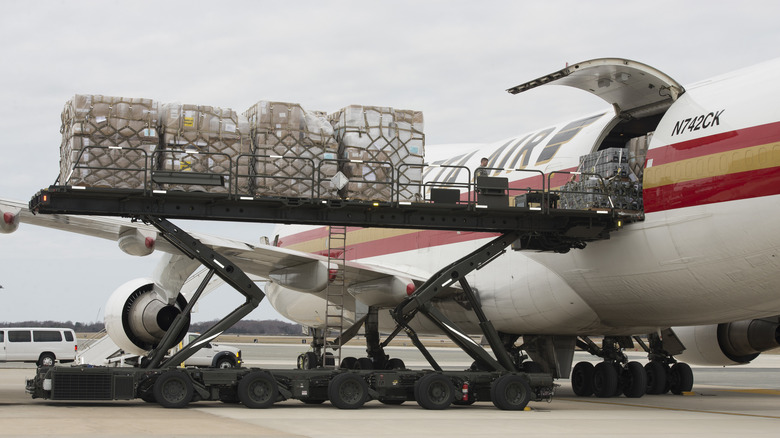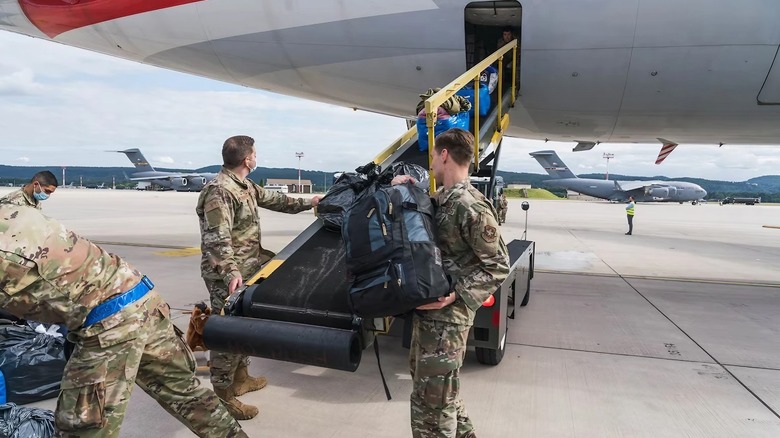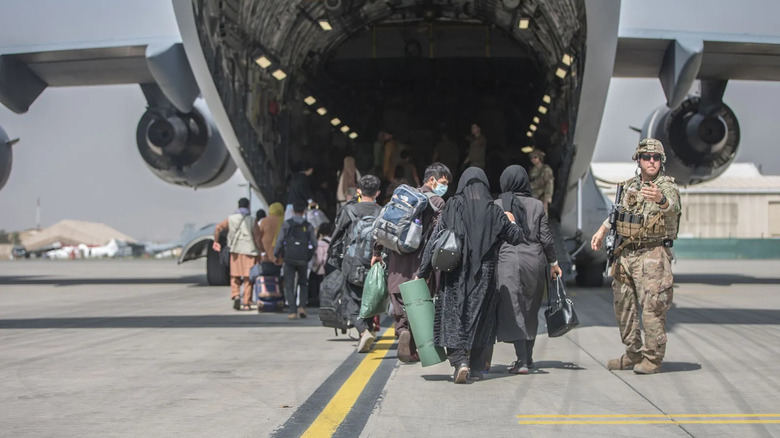What Is The US Civil Reserve Air Fleet And How Many Jets Does It Have?
Think of it as a military "draft" for airplanes. The Civil Reserve Air Fleet (or CRAF) is essentially a partnership that taps into commercial air power when the U.S. military's cargo jets just aren't enough. Created in 1951 under the Defense Production Act around the beginning of the Cold War, the fleet was built to ensure that if things ever got really bad, the U.S. wouldn't be caught scrambling for lift capacity.
Unlike the U.S. Air Force's own impressive inventory, the CRAF doesn't own a single aircraft. Instead, it relies on commercial airlines to volunteer aircraft that can be "called up" in national emergencies. These jets retain their civilian status under FAA regulations, but when activated, they operate under military mission orders issued by the Air Mobility Command (AMC).
The CRAF is organized into three mission-specific segments: long-range and short-range international segments, and a domestic segment. The long-range section includes widebody jets capable of crossing oceans to support intercontinental operations. The short-range segment focuses on nearby regions and intra-theater transport, such as flying between bases in Europe or the Pacific. The domestic segment covers airlift needs within the U.S. The missions themselves can include anything from flying troops and gear to moving evacuees during humanitarian emergencies.
Why airlines lend their jets to the Pentagon
As for why any airline would agree to loan out its valuable planes and crews, the answer is simple: it's a steady business and comes with a strong incentive model. Airlines that pledge aircraft to CRAF gain preferential access to Department of Defense transport contracts during peacetime. These include programs like the Global Heavyweight System, which fills unused cargo space on aircraft, and the Next-Generation Delivery System for fast-moving small packages. All in all, participants get first dibs on steady, often multimillion-dollar business — even if their aircraft are never activated.
For an airline to participate, its aircraft must be registered in the U.S. and ready to commit a significant share of its resources — at least 30% of its long-range passenger jets and 15% of its cargo aircraft. It also needs to allot at least four full flight crews per plane.
Moreover, before getting the green light, each airline undergoes a rigorous vetting process. Defense Department survey teams inspect everything from aircraft and training facilities to maintenance operations and crew qualifications. This ensures these civilian jets meet military standards. The oversight is constant, too, and includes semiannual reviews, surprise safety checks, and in-flight evaluations by AMC pilots. The degree of scrutiny is necessary, especially when the aircraft involved are sometimes decades old.
The current fleet size and the road ahead
As of last year, the Civil Reserve Air Fleet included 441 aircraft from 27 commercial carriers, which is leaner compared to the 553 from back in 2014, but still robust. These jets handle over 90% of the military's passenger traffic and about 40% of its cargo on an ongoing basis. The long-range international section remains the workhorse of the program, with names like American Airlines, Delta, and United playing key roles.
It's worth mentioning that there have only been three major CRAF activations since the program began: Desert Storm in 1990, the 2003 invasion of Iraq, and the 2021 Kabul evacuation. That last one involved 18 aircraft tasked with moving evacuees from safer staging bases after military jets completed the initial extractions. It was a clear demonstration of how commercial carriers can step in quickly when demand exceeds military capacity.
Still, keeping that level of readiness isn't without its challenges. Air & Space Forces Magazine reports that the CRAF is facing mounting modernization issues like aging aircraft and soaring costs of replacements, which can run between $150 million and $200 million each. The retirement of Boeing's iconic 747, a CRAF staple, hasn't helped either. Thankfully, program officials say they're not losing participants just yet, and a new CRAF contract is expected this fall.


